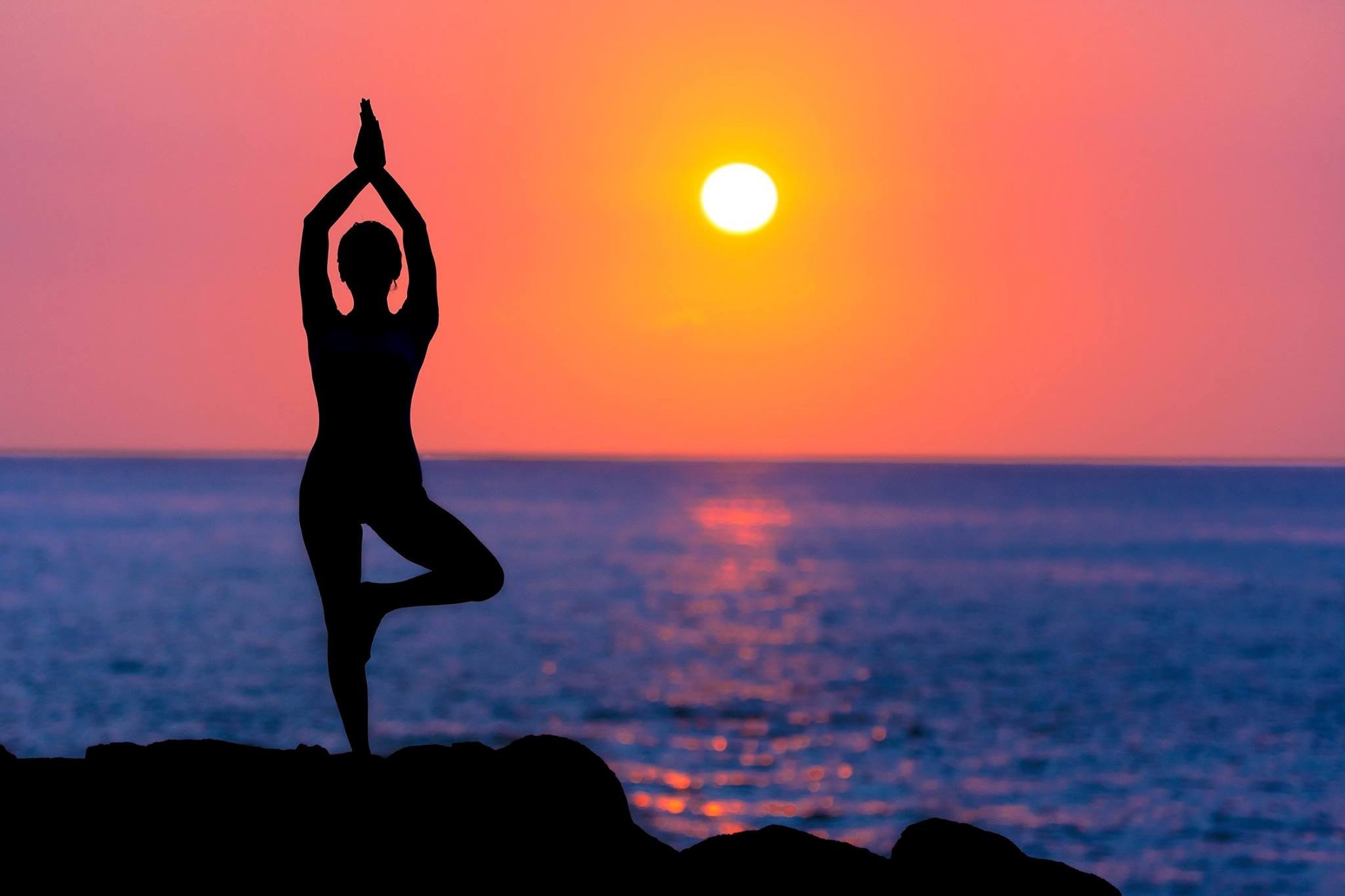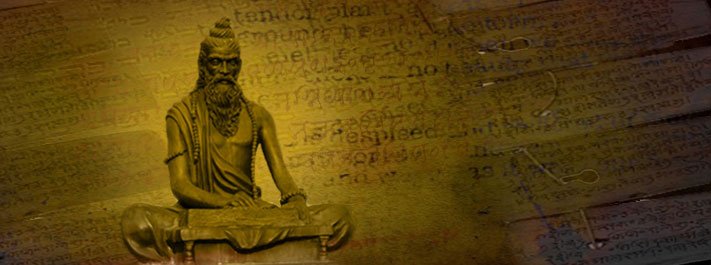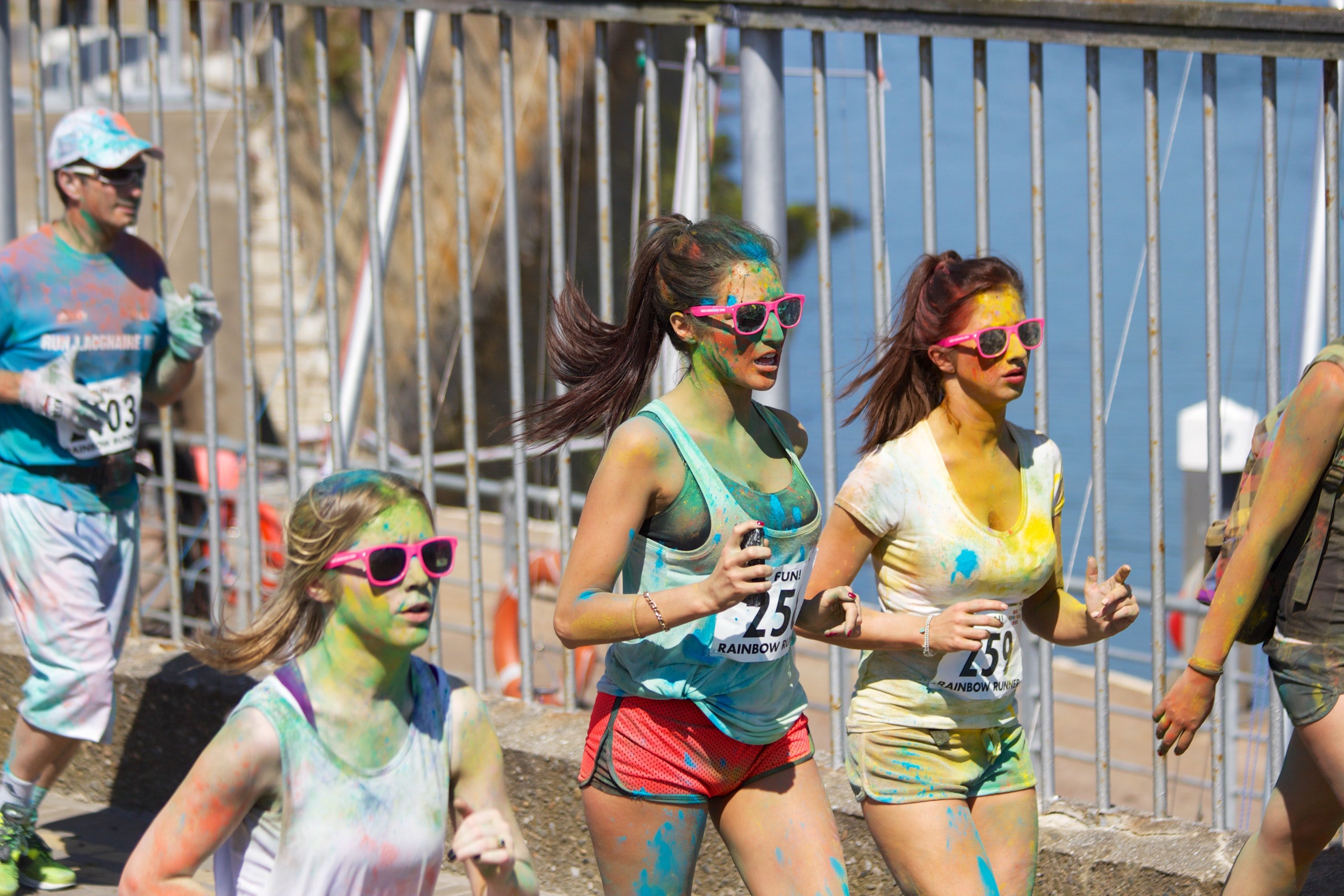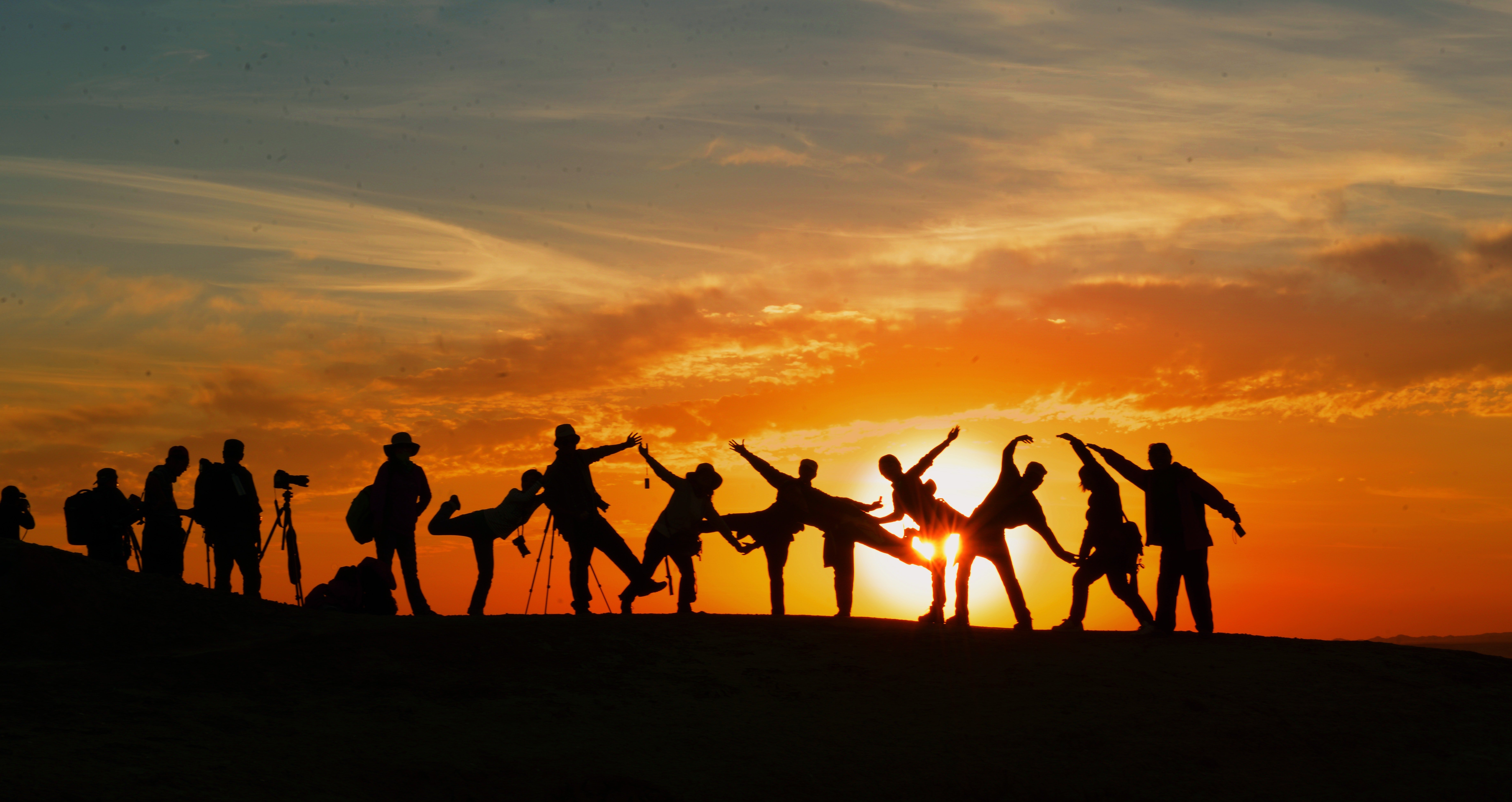Author's Note: The Yoga and Leadership Series are thoughts from my personal experience and realisation on how Yoga is relevant in our lives, now more so than ever before. This series explores the benefits of embracing this practice in our daily life and it's impact when incorporated WITHIN the workplace and time.
I felt it was important to set the stage for this series by first giving an Introduction to Yoga, sharing a Personal Journey in Yoga and how I came to realise the importance and relevance of Yoga and Leadership. This first post is an Introduction to Yoga and it's impact on holistic well-being.

What is Yoga and how can a practice that dates back over 5,000 years be relevant to us today? And what is it's impact in leadership? Now, before attempting to answer these question, lets first establish an understanding of what Yoga is.
Simply put, Yoga is a scientific study of the body and mind to experience greater physical, mental and emotional well-being.
An in depth understanding of this ancient science however, would take years to explain. So here's a brief overview to start with, whilst more relevant topics will be expounded upon with more specificity in the Yoga and Leadership Series.
There are five streams of Yoga, all with the same aim to enhance physical health, mental peace and higher awareness. We can all progress along any one of these paths, where eventually the distinction between the paths melt away leading all to the same state of bliss. These are Karma Yoga, Jyana Yoga, Bhakti Yoga, Raja Yoga and Hatha Yoga
Yoga's origin can be traced back anywhere between 5,000 years. to some texts eluding to it's origins to 10,000 years ago. Yoga was first mentioned the Rig Veda and in parts of the Upanishads - in these scriptures the concepts of karma yoga (actions) and jyana yoga (wisdom) were expounded upon as "the sacrifice of the ego through self-knowledge, action (karma yoga) and wisdom (jnana yoga)" (History of Yoga).
Bhakti Yoga is the yoga of devotion, where the bhakta (devotee) is lost in the reverie of the object of the devotion (through the emotion of love), ultimately losing his/her individuality or ego through this one pointed focus. There is no specific origin for this, as devotion comes naturally through one's spiritual journey.

The first systematic presentation of yoga was introduced by Patanjali, who is considered the father of Yoga, through his text the Yoga Sutras. Patanjali organised the practice into an "eight limbed path" expounding on the steps and stages towards Samadhi or enlightenment. Through these texts the path of Raja Yoga was formed and the foundations of Hatha Yoga were laid (History of Yoga). Reference.
The eight limbs of Yoga are - Yama (ethics and discipline), Niyama (guideline and code of conduct), Asana (postures), Pranayama (practicing retention and expansion of breath), Pratyahara (withdrawal of the senses), Dharana (concentration), Dhyana (meditation) and Samadhi (absorption). These are the basic tenets of all Yogic practices.
Therefore, Yoga is not just a practice for physical well-being, but a wholesome practice of mental and emotional well-being; positioning this ancient practice as a good leadership course which is not only applicable in the corporate world, but for all adults and children who wish to enjoy life living up to their fullest potential.

We tend to approach well-being with a very different mindset these days. A major portion of society views physical movement and working out as a way of staying healthy. Well-being however is beyond a balanced diet, how many calories we burn, how many kilos we can lift, and our muscle-mass to fat-ratio.
To understand how Yoga takes a holistic approach to well-being, let's take a look at a typical Yoga session. It usually starts with a simple awareness practice to get centered, followed by a warm up from joint exercises, moving onto a few rounds of sun salutation, followed by asanas and is generally concluded with a relaxation and rejuvenation practice.
Breaking this down a little further, the practice of asanas immediately starts to relax the body and mind. While holding an asana - some targeted muscles are engaged while others are relaxed. This helps us reset overused muscles to a balanced state whilst strengthening others.
Then there is overall improvement in blood flow, balancing of hormones and integration of neural networks - or rather slowing down and balancing of the nervous system. All this prepares the mind to be more receptive as we move into the relaxation and rejuvenation practice towards the end of a yoga session through pranayama and mindfulness.
In pranayama, through specific manipulation of the breath, the circulation of oxygen is tremendously increased throughout the body, whilst residual carbon dioxide is removed. A well oxygenated body initiates the rejuvenation process from the cells, tissues and organs in our physiological systems; and works wonders on our mind.
The mind is then slowly attuned and entrained to become more focus through the pratyahara (withdrawal), dharana (concentration) and dhyana (meditation) practice. Over time it becomes easier to withdraw from the external world and incoming sensory input or intruding thoughts.
This state of withdrawal- from sensory input and thoughts, which, much like building a muscle, helps us focus and disengage from incessant thoughts. Starting from one second to two, we can eventually extend this to a minute and slowly work our way up to longer periods of time.
Given that we have an average of 50,000-70,000 thoughts per day (35 and 48 thoughts per minute), a 5 minute practice of disengaging makes a significant difference in our mental well-being. Seeing how intense and compelling some of these thoughts can be in influencing decisions, the ability to disengage from a thought can put us on a drastically different course in our lives.
The ability to switch our thoughts at will, empowers us to redirect our mind from ruminating on a negative thought to more constructive one. Additionally, our ability to focus, invariably improves our productivity, giving us more time for other enriching activities and practice better time management.
From a practical perspective, in a work situation, or in our role as a parent, a teacher or a child, our decisions and actions define and shape our experiences in life. So where better to start changing our lives than at the very core, our thoughts, decisions, words and actions in our day to day living.
An important yet neglected component of wellbeing is happiness/joy which expands and opens us to greater experiential connections and other positive emotions such as contentment, appreciation, gratitude and empathy. These are the building blocks of a progressive society, that co-exists and co-creates the best of the best of experiences; whilst being compassionate towards all living beings (including our planet) - paving the way for a sustainable future.

Previous Posts of Interest:
- On yoga and creativity: How to Relieve Writer's Block using Backbends and Downward Facing Dogs!
MY Ikigai:
What I LOVE: Writing about life, poetry, haiku, short stories and motivational quips. Practicing yoga and internal reflections, walks in nature, compassionate acts towards nature, animals and humanity.
What I OFFER the world: A passion for Creativity, Innovation, Integrity and Authenticity in thoughts, words, and deeds.
What I am/can be PAID FOR: Writing, teaching yoga, books (in the making), training, facilitating. And hopefully to sit and spin out creative ideas/solutions at whim!
What I'm GOOD at: Hypnotising my Yoga students apparently! Writing, occasional witty retorts, being a hopeless romantic, passionate utopian, innovator and creator of all things fun and uplifting.
The IKIGAI - SoulArist
- To find out more, please visit our webpage
- For event listings/past activities visit our Facebook page
- Snippets of SoulArist can be found on Instagram
- Read about the founder on LinkedIn
Upcoming Posts:
Blogs and podcasts on meditation/awareness practices.
Yoga and Leadership Series - 3-Part Introduction
Yoga and Leadership Series - Practical Tips and Helpful Nougats
I was going to use the website to publish these materials, however, with the discovery of Steemit, I will be redirecting the flow of these posts to start here at Steemit and then to the website. I am new to this whole program, so please bear with me as I find my footing on this platform, with the help of all my fellow steemians here no doubt ;)
I am very grateful for the support and encouragement from @maverickfoo @elizacheng @bitrocker2020 @curie.
Thank you for introducing me to a revolutionary world of self-expression. One that is mutually beneficial, engenders greater awareness and provides entertaining intelligent banter #awesome
